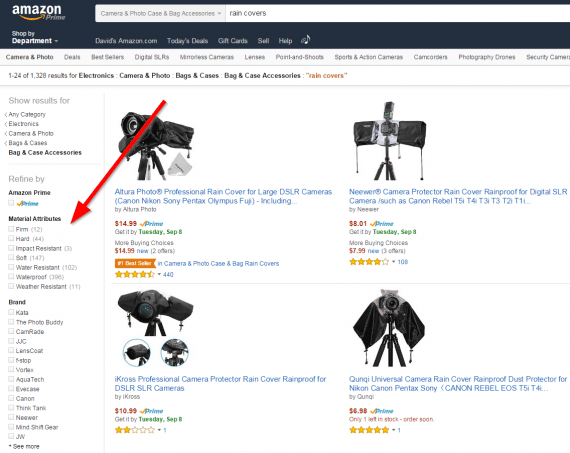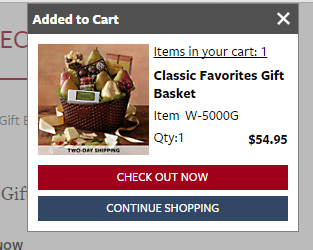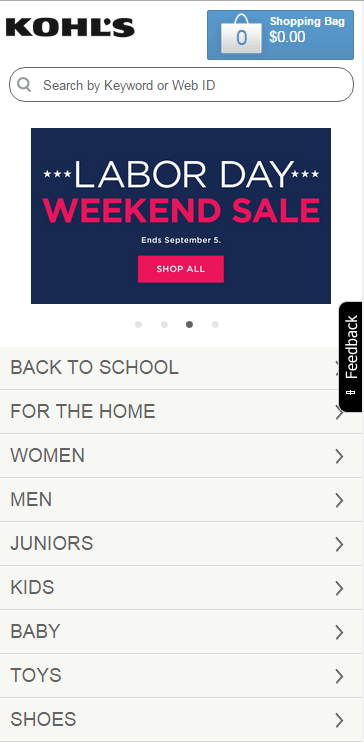“We don’t need ecommerce. Our customers don’t buy that way. They find us through Thomas Register and place orders with us by phone and fax.”
That’s what the president of a manufacturing company told me in the late 1990s.
I have been in the web development and ecommerce business since 1998. A lot has changed in that time. Over the years, my company has developed a niche of helping manufacturers and distributors implement ecommerce sites. I absolutely love it. Why? Because of the untapped potential manufacturers and distributors can realize through using the web more effectively.
The Benefit of Being Late Adopters
B2B companies have the reputation of being slow to change. It’s true that they often adopt ecommerce later than their B2C counterparts. But to be fair, there are challenges in the B2B space. B2B sales transactions are typically more complex, and some participants still maintain that ecommerce cannot work for them because of it.
Instead of being obstacles, these challenges are why ecommerce can serve B2B companies well. A more complex and customized system is more difficult for others — like Amazon Business — to replicate. It’s an opportunity to stand out as a leader in your field.
B2B companies can learn from B2C online stores, which have been working hard to compete with Amazon and master the customer experience online.
For starters, B2B companies sell to people, whether they are buying for themselves or on behalf of businesses. B2C sites have learned to create clean, simple user experiences, which is key no matter who your customer is.
4 Tactics B2B Ecommerce Can Borrow from B2C
Here are a four key tactics that were first honed in retail ecommerce that can be applied to B2B sites.
Filtering results. This is also called “faceted,” “layered,” and “reductive” navigation. On Amazon, you will often see this on the left side of the screen under the words “Refine By.” It gives users the ability to select different facets or attributes of the product they are looking for.
For example, you may have a can of spray paint with facets of color, finish, can size, and price. The color facet may have values of blue, black, and red.

Amazon’s faceted search helps visitors narrow their selection — in this example, a rain cover for a camera.
There are many advantages to faceted navigation. But there are also many important considerations to ensure it is set up correctly. For starters, the product data must exist in a way that can be integrated into an ecommerce system. For some B2B companies, the data may exist in an enterprise resource system or product information management (PIM) software.
Either way, you need to be able to easily maintain your product data over time — streamlining the data-entry process and improving your data quality. After all, you want to be sure that if a user narrows her selection to a gloss red can of spray paint, that is what she sees.
Simplifying checkout. Another thing that has become clear is the importance of a simple checkout. Many retail sites use a single-page checkout, which typically lowers abandonment rates and therefore increases conversions.
Most B2B companies can easily implement a single-page checkout. Others have a more complex order process that necessitates additional steps. In that case, there are tools to consider, such displaying a mini cart to show shoppers what they have added to their cart.

This mini cart from Harry and David allows shoppers to view the contents of their carts.
Eliminate any extra steps and make it as easy as possible for your customer to complete the order.
Sharing more content. Content is what enables a site to stand out from the crowd. Provide content that helps people solve a problem and positions your company as a valued partner versus simply a catalog store. Retail sites have demonstrated that product videos, multiple product images, and customer reviews lead to greater conversions. The more information you provide, the easier it is for the buyer to validate that he is getting the right thing. Openness with information also helps to build trust in your company.

This product page on Zappos contains content that helps shoppers: multiple product images and reviews and ratings from consumers.
In the B2B space, there is often rich content — such as spec sheets, product catalogs, CAD files, support documents, parts explosion diagrams — that can add value for shoppers.
Embracing mobile. Mobile isn’t a technique, or a feature. Designing a mobile experience is not simply an add-on to your current site. Consumers — B2B and B2C — increasingly access the Internet from their smartphones. Ecommerce overall is therefore moving to mobile.
Executives now use smartphones to research B2B purchase decisions. You already know this is true, because you likely use your phone all the time. Look at your Google Analytics data; you will likely see the percentage of mobile traffic coming to your site growing dramatically.
How do you ensure that your mobile experience is quick and intuitive for your shoppers? There are many elements to an effective mobile strategy, but the first step is typically to use responsive design, so that your site automatically adjusts to the size of the user’s screen.

Kohl’s ecommerce site on a large computer screen.
—

Kohl’s ecommerce site on a smartphone.
Learn and Adopt
B2B companies have the advantage of learning from what retail sites have done and where they have seen success. B2B companies should take these lessons and implement them in their own business. Sticking to the phone, fax, and printed catalogs isn’t an option any more — even for the most stubborn B2B companies.




